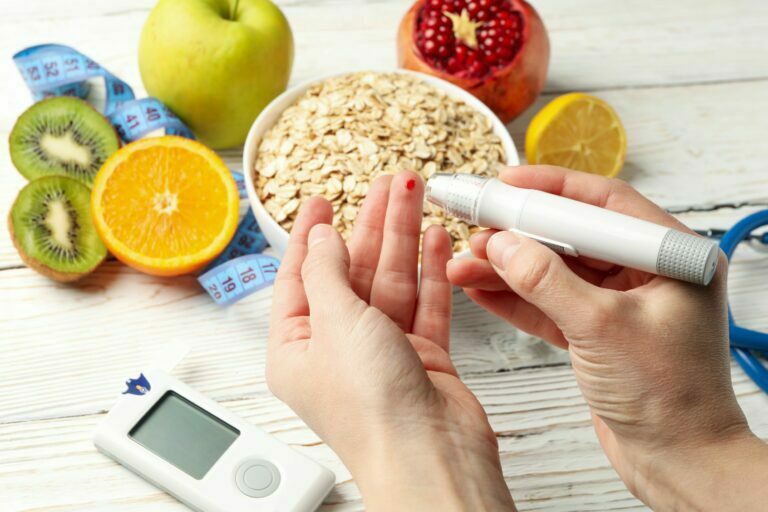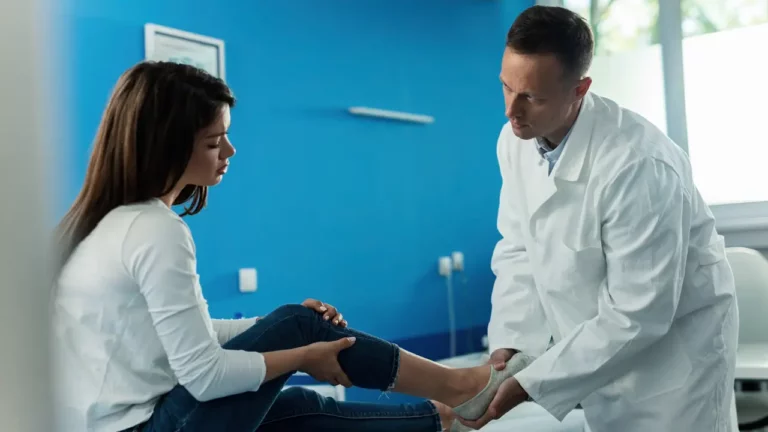Checkups and wellness visits are a simple and important way to guarantee that patients are taking care of their health, particularly for those with diseases that require close monitoring or who are due for immunizations. Getting annual physical exams, laboratory bloodwork, and other tests can give peace of mind that a patient is healthy. It can also aid in the early detection of new diseases such as cancer, diabetes, and hypertension.
Sadly, the COVID-19 pandemic has impacted practically every aspect of our life, including health care. According to the Office of Disease Prevention and Health Promotion[1], many people may have put off routine health care and preventive services such as wellness visits, screenings, and vaccines in the past year because they were afraid of contracting COVID-19. During the peak of the pandemic, preventive care has reduced[2], but health care providers warn that this could pose an issue in the future.
What were the impacts of COVID-19 in cancer screening and disease testing?
Because of concerns about COVID-19, the Centers for Disease Control and Prevention[3] reports show that nearly half or 41% of adults in the United States have delayed or avoided seeking medical help during the pandemic. This drop is similar to the analysis of electronic health records by Epic Health Research Network[4] in 2020, where screening tests for breast, colon, and cervical cancers dropped to 94%, 86%, and 94%, respectively. Another report by Komodo Health[5] described the drastic decline in pap smears, cholesterol tests, and hemoglobin A1c screening by 68%, 67%, and 65%, respectively.
What do annual wellness visits offer?
The annual wellness visits focus more on identifying health risks and preventing diseases[6] rather than following up on chronic medical conditions seen in chronic care management. While COVID-19 is still on the rise, health care providers can do annual visits with the aid of telehealth and remote patient monitoring.
Specifically, annual wellness visits include the following:
- A review of the patient’s medical and family history
- Development or updating of a list of current providers and prescriptions
- Height, weight, blood pressure, and other routine measurements
- Detection of any cognitive impairment
- Personalized health advice
- Assessment of risk factors and treatment options
- A checklist for appropriate preventive services, such as screenings and vaccines
- Advance care planning
The role of telehealth and RPM in increasing annual wellness visits
The worldwide population is receiving more and more access to the technology and know-how needed to grow telehealth as technology improves quicker than ever before. In fact, by 2020, over 3.5 billion people on the planet will own a smartphone[7], providing them direct access to the internet, video chatting, and text messaging, all of which are available at the highest level of telehealth today. With technological advancements, telehealth has evolved from a service utilized for war, isolated locations, and medical facility shortages to a service everyone uses for health promotion, prevention, and education.
“I strongly encourage patients to revisit their providers and make preventative care the utmost priority,” says Kelly Nguyen of DrKumo, Inc. “Telehealth has made its impact on practically every medical practice thanks to the use of self-tracking and cloud-based technology, remote patient monitoring can help providers decide which preventive screening tests to prioritize in this pandemic.”
RELATED: Digital Technology in Healthcare: The Solution for Best Patient Optimization
Health care providers can still use video or phone calls at their clinics to evaluate[8] their patient charts for missed wellness visits or past due immunizations. In addition, they may contact their patients to schedule in-person appointments or suggest an alternative option accessible in the clinic to help establish a foundation for long-term health.
Takeaway
Because not everyone can afford the cure, prevention is always preferable to cure. Getting positive feedbacks on telehealth and remote patient monitoring is a significant step forward in extending health care not only to patients with chronic illness—it can also help providers conduct annual wellness visits in the comfort of their patient’s homes.
References:
- Home. Home of the Office of Disease Prevention and Health Promotion. https://health.gov/
- Timothy M. Smith, Senior News Writer. (2020, October 16). Preventive care: As pandemic stretches on, “No more time to wait”. American Medical Association. https://www.ama-assn.org/delivering-care/patient-support-advocacy/preventive-care-pandemic-stretches-no-more-time-wait
- Centers for Disease Control and Prevention. (2020, September 10). Delay or avoidance of medical care because of COVID-19–related concerns – United States, June 2020. Centers for Disease Control and Prevention. https://www.cdc.gov/mmwr/volumes/69/wr/mm6936a4.htm?s_cid=mm6936a4_w
- Ehrn. (n.d.). Epic research. https://ehrn.org/delays-in-preventive-cancer-screenings-during-covid-19-pandemic/
- Komodo Health. (2020, April 28). Routine chronic disease screenings and oncology biomarker tests plummet during COVID-19. Komodo Health. https://www.komodohealth.com/insights/2020/04/routine-chronic-disease-screenings-and-oncology-biomarker-tests-plummet-during-covid-19?utm_medium=social&%3Butm_source=twitter&%3Butm_campaign=brand&%3Butm_content=covidresearchbrief
- Yearly “Wellness” Visits. Annual Wellness Visit Coverage. (n.d.).https://www.medicare.gov/coverage/yearly-wellness-visits
- Turner, A., Author: Ash Turner. How many people have smartphones worldwide (Mar 2022). BankMyCell. https://www.bankmycell.com/blog/how-many-phones-are-in-the-world
- Three steps to improve preventive service utilization during the COVID-19 pandemic. AAFP Home. (2020, July 24). https://www.aafp.org/journals/fpm/blogs/gettingpaid/entry/covid_preventive_services.html








